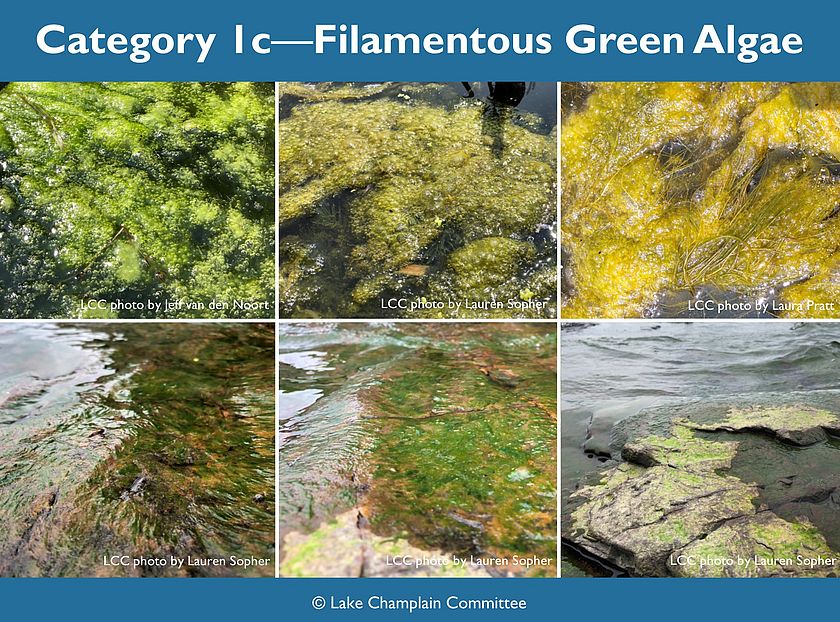They feel slimy due to a mucilaginous coating.
Floating algae mat green brown.
They adhere with calcium to pond walls.
Bright green filamentous algae.
If you want to make your pond free from the algae and keep it that way you should apply the following tips.
Algae mats and floating clumps are unsightly and create problems for anglers by fouling hooks.
Oscillatoria and lyngbya frequently occur together.
Various types of blue green algae and lyngbya may appear anywhere from green brown blue to black in color.
A very bright turquoise green or blue green colour to the water may indicate a bloom of blue green algae cyanobacteria.
Found in shallow quiet to slow moving waters.
Blooms can range in color from dark blue green to dark red brown green black or purple a.
Blue green algae can be unicellular filamentous or colonial and can rise to the top of your lake and pond forming a layer of scum.
These blooms can also create a granular scum on the surface.
When lower layers of algae in these mats decay they also produce gases that keep the mat afloat.
Filamentous algae hair like algae that will be attached to the bottom of the pond floor and rocks filamentous algae will also break free and float on the surface in the form of thick algae mats.
On the other hand filamentous algae species form dense floating mats.
Algae grow in a submerged mat over the pond bottom especially in shallow areas figures 16 and 17.
Films caused by planktonic algae will briefly separate if you run your hand across the water surface.
They also need poor light and can live in deep water.
Is pond scum dangerous.
While large mats of scum floating on the surface can block sunlight from a pond s depths which places other organisms under stress filamentous algae are not inherently dangerous.
If your pond or lake has a strong unpleasant odor and algae like mats that are viscous and slimy you likely have a cyanobacteria bloom.
Individual threads are made up of cylindrical cells and rarely branch.
They typically form dense scum like floating mats on the water s surface and can range in color from the characteristic blue green to green yellow purple or brown.
It gets its name from causing a blue green brown or reddish purple coloration of the water.
Remove the brown algae and take care of sufficient lighting between 8 to 10 hours a day.
Blue green algae oscillatoria lyngbya and phormidium are found in floating mats as loose filaments or attached to rocks.
Common in ditches and along shorelines.
Because blue green algae produces cyanotoxins it poses a serious threat to fish.
If you suspect a blue green algae bloom report it to the department at 902 368 5044.
Regardless of the type of algae most can be controlled with.
Blue green algae however may be toxic.
Free floating and able to form cottony brown mats of pond scum at the surface.

